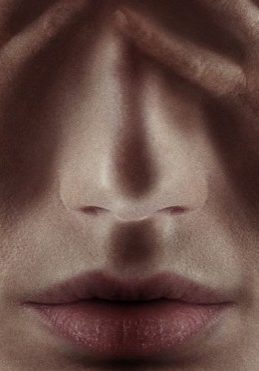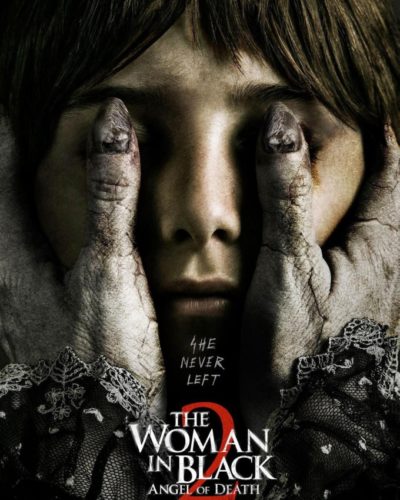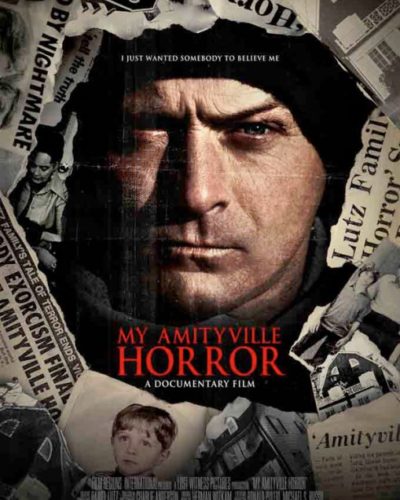Mirrors of Madness: A Gaze into “Oculus”
“You see what it wants you to see.” Such words ominously echo throughout Oculus, a 2014 horror film directed by Mike Flanagan. The story orbits the ostensibly cursed Lasser Glass, an antique mirror responsible for a litany of mysterious deaths and misfortunes. Through a fractured narrative, the film intertwines the traumatic past of siblings Kaylie and Tim Russell with their present-day determination to unravel and document the malevolent forces at play within the mirror.
The Shattered Lens of Suspense
Oculus proffers its chill not through an onslaught of visual horrors but from an impeccably crafted atmosphere of dread. Flanagan, who has since become a noteworthy name in horror through creations like The Haunting of Hill House, leverages a less-is-more approach. His cultivation of tension is astute – the viewer meanders along a tightrope stretched over a chasm of anticipation that is simultaneously psychological and supernatural.
The claustrophobic setting amplifies this tension, confining the terror to an everyday environment that feels unnervingly familiar. It’s within this domesticity that the tone takes root, reminding us how terror can fester in the seemingly mundane.
Reflections of Fear: Cinematography and Sound
The visual and auditory elements of Oculus serve as sharp tools in Flanagan’s kit. The cinematography, with its clever use of light and shadow, manifests a lurking dread within static shots of the malevolent mirror. Colors sway between the sterility of reality and the warmer hues of nostalgia and hallucination, creating a very visceral differentiation between the timelines.
Illusions play a significant part in manipulating the audience’s perception, compelling us to question each frame’s veracity. These deceitful visuals, supported by an unsettling soundtrack, coerce a lingering tension. From the almost imperceptible scratches of the mirror’s ‘influence’ to the overpowering crescendos of terror, the sound design masterfully punctuates every scare.
The absence of sound at calculated moments further punctuates the disquiet, allowing the audience’s imagination to fill in the gaps with personal fears – a tactic that magnifies the horror manifold.
The Ghosts Among Us: Performance and Horror Mechanics
Actors Karen Gillan and Brenton Thwaites deliver emotionally charged performances that anchor the movie’s sense of realism, despite the supernatural happenings. The characters are not just well-developed but suffer a palpable helplessness that humanizes their terror. Each reaction we witness seems organic, a testament to the actors’ immersion into roles scarred by psychological trauma.
Confronting horror sub-genres, Oculus predominantly navigates through the psychological corridor, unravelling its dread in a slow burn rather than an inferno of jump scares. The film distinctly avoids overreliance on gore, leaning into mind-bending horror that relies on the fear of the unknown and unseen. It is within these mechanics that the film finds its stride, leaving lasting impressions where more visceral tactics might have faded.
The Deeper Reflections: Themes and Appeal
Oculus extends beyond superficial scares to subtly probe themes such as the consequences of obsession, the relativism of reality, and the aftermath of trauma. This narrative depth equips the film with more than mere shock value, affording an unsettling meditation on the nature of terror itself.
The effectiveness of Oculus as a horror flick hinges on its psychological intrigue and the incremental unfurling of fear, catering to an audience that revels in a thoughtful, spine-tingling experience rather than one replete with visceral horrors. That’s not to say that it won’t appeal to horror newcomers; in fact, it’s an exemplar of sophistication in a genre that sometimes misplaces subtlety.
While it might not hold the iconic status of genre pillars like The Exorcist or the innovative reinvention of The Blair Witch Project, Oculus shares their lineage through its commitment to a psychologically rich narrative and genuine scares.
Shattered Illusions: A Glass Half Full?
In sum, Oculus is a finely crafted piece of horror that weaves a tantalizing narrative with masterful suspense. The film might not be the goriest or most shocking out there, but its strengths lie in the subtle manipulation of its viewers’ fears and expectations. It is smart, stylish, and eerily effective in its atmospheric tension.
Though the psychological labyrinth presented might not be everyone’s preferred haunt, for those who delight in slowly building terror that worms its way into the psyche, lying in wait to shatter expectations, Oculus is quite the catch. Horror aficionados and curious newcomers alike should brace for a disquieting reflection — one that proves hauntings are not solely of the spectral variety.
With its darker themes, and the less obvious but ever-present threat of violence, viewers should be wary of triggers that may lurk beneath its deceptive surface. Nonetheless, Mike Flanagan’s Oculus stands tall as a mirror that reflects horror with thought-provoking clarity, and for those willing to confront the uncomfortable, it is more than worthy of a watch.




